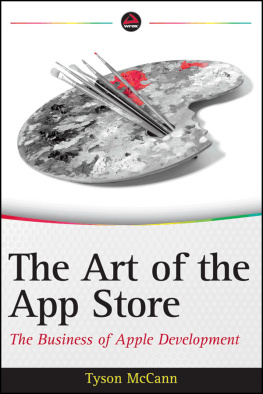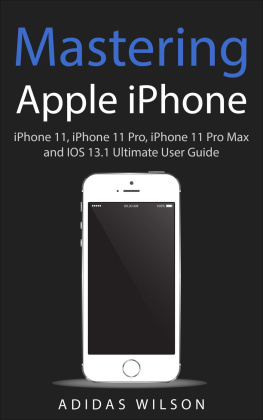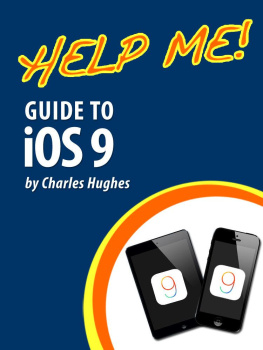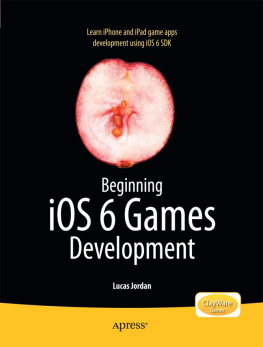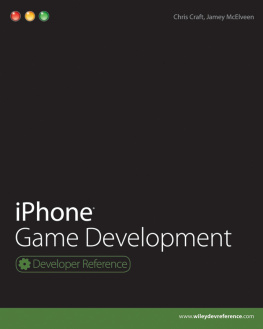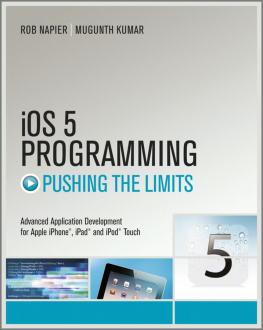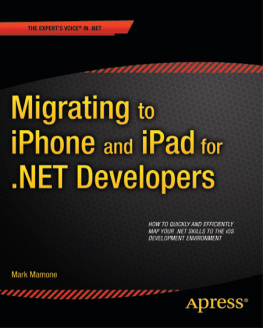| 2008 | July | Over just the first three days, the number of available apps shot up more than 40 percent to 800. The number of downloads in this time was 10 million. In an early interview with the NY Times on launch day, Steve Jobs was quoted as stating that 90 percent of apps would cost less than $9.99 ( www.nytimes.com/2008/07/10/technology/personaltech/10apps.html ). Little could he guess just how right he would be.Early metrics by Medialets ( www.medialets.com ) indicated that the average price for an app dropped from $4.65 that initial Friday to $4.25 by Sunday, nearly 10 percent. Paid apps also saw a similar decrease. So, it wasnt just an influx of free apps that caused the swing, but classic undercutting was taking place in a competitive market. It was a trend that continues to this day.
Another interesting finding from the same report showed another developing trend. Free apps were garnering 25 percent more reviews than paid apps. Not only that, reviews tended to be more positive, by a quarter of a star. Thats nothing to sneeze at in a 5-star rating system (especially considering that Apple rounds the ratings to the nearest half percent).
|
| August | According to Jobs in an August 2008 interview in The Wall Street Journal , within one month, the number of downloads reached 60 million, the top 10 developers earned an amazing $9 million, and the total app receipts were $21 million ( http://online.wsj.com/article/SB121842341491928977.html ).The speed at which the early App Store was growing, its software being adopted, how well it was being received by users, and the iOS being developed for, were phenomenal. That said, it wasnt without its launch problems.
Soon after launch, Macworld interviewed early developers who had a few quibbles with the system. In particular, they claimed there was not a finite reasoning method for approving apps, and that their ability to adjust quickly to market fluctuations was diminished because of Apples monthly (and not real-time) sales reports.
|
| September | Despite any negative feedback, there was no slowing down. In this month, Apple reached 100,000 downloads with more than 3,000 apps available for download. In addition, Apple maintained Jobs launch price point of 90 percent of the apps costing less than the $10 barrier. |
| October | During the late part of October, the number of downloads (200,000) and the number of apps available (7,500) nearly doubled from the September totals. |
| 2009 | April | In early 2009, the App Store reached the half million download barrier and had more than 15,000 apps. On April 23, 2009, the 1 billionth download took place, while at the time 35,000 apps were available in 19 categories. |
| According to Fiercedeveloper.com , a researcher broke down early iPhone download use and found that nearly two-thirds of all iPhone users downloaded at least 16 to 20 apps. Thats a huge adoption rate. |
| July | On the one-year anniversary of the App Store, 1.5 billion downloads had been recorded from both iPhone and iPod Touch (iPad came out in April, 2010), with more than 65,000 apps, and more than 100,000 developers signed up for Apples developer program. |
| September | Apple reaches the 2 billion download mark with more than 85,000 apps available. |
| November | Along with more than 100,000 apps now available in the App Store, Pinch Media (who created software for app developers that, at the time, extrapolated from more than 10 percent of all downloads) released some interesting findings. The ratio of paid to free apps was 9,300 to 71,000. Further, it found that the average app in the top 10 percent received roughly 75,000 downloads, while the average app in the next 10 percent only got a little over 9,000, and from there the next 10 percent averaged just below 4,000. Pinch Media stated that more than 50 percent of all paid apps were downloaded less than 1,000 times. This equates to a very top-heavy market with successful apps being in the minority. |
| December | By the end of 2009, according to Neilsons App Playbook, the adoption rate had doubled from April totals, at roughly 37 apps downloaded per user. |
| 2010 | January | Available apps reach 120,000, and downloads reach a new milestone at 3 billion. |
| March | For the first time, the Books category takes the lead over Games, and there are more than 150,000 apps available in the App Store. (The Games category has since retaken the lead, and currently maintains an only marginally higher percentage of active apps.) |
| April | This is a big month for Apple. Not only does the App Store reach 4.5 billion downloads with more than 200,000 apps available, the iPad (Apples first tablet) launches with more than 5,000 apps available. The iPad goes on to sell more than 1 million units with more than 12 million app downloads in its first month. Further, a similar pattern of top categories for the iPhone ensues, with Games, Entertainment, then Books being the iPads top three categories. |
| September | The total of available apps reaches 250,000, and the total number of downloads hits 6.5 billion. This month, Apple also finally released documentation on some of its submission policies. The App Store Review Guidelines for iOS apps was a list of all Apples conditions for submitting an app, among them the now-infamous fart reference: We have over 250,000 apps in the App Store. We dont need any more Fart apps. If your app doesnt do something useful or provide some form of lasting entertainment, it may not be accepted. |
| October | The number of downloaded apps reaches 7 billion, and the number of available apps reaches 300,000. |
| November | Apples Hall of Fame appears, highlighting 50 apps Apple claims are the best of the best. |
| 2011 | January | More than 350,000 apps are available, and more than 10 billion apps have been downloaded. |
| June and Onward | In June, Apple claimed there were more than 425,000 apps available for download, with more than 14 billion downloads. By September, the count will be roughly 500,000 apps and counting. |

